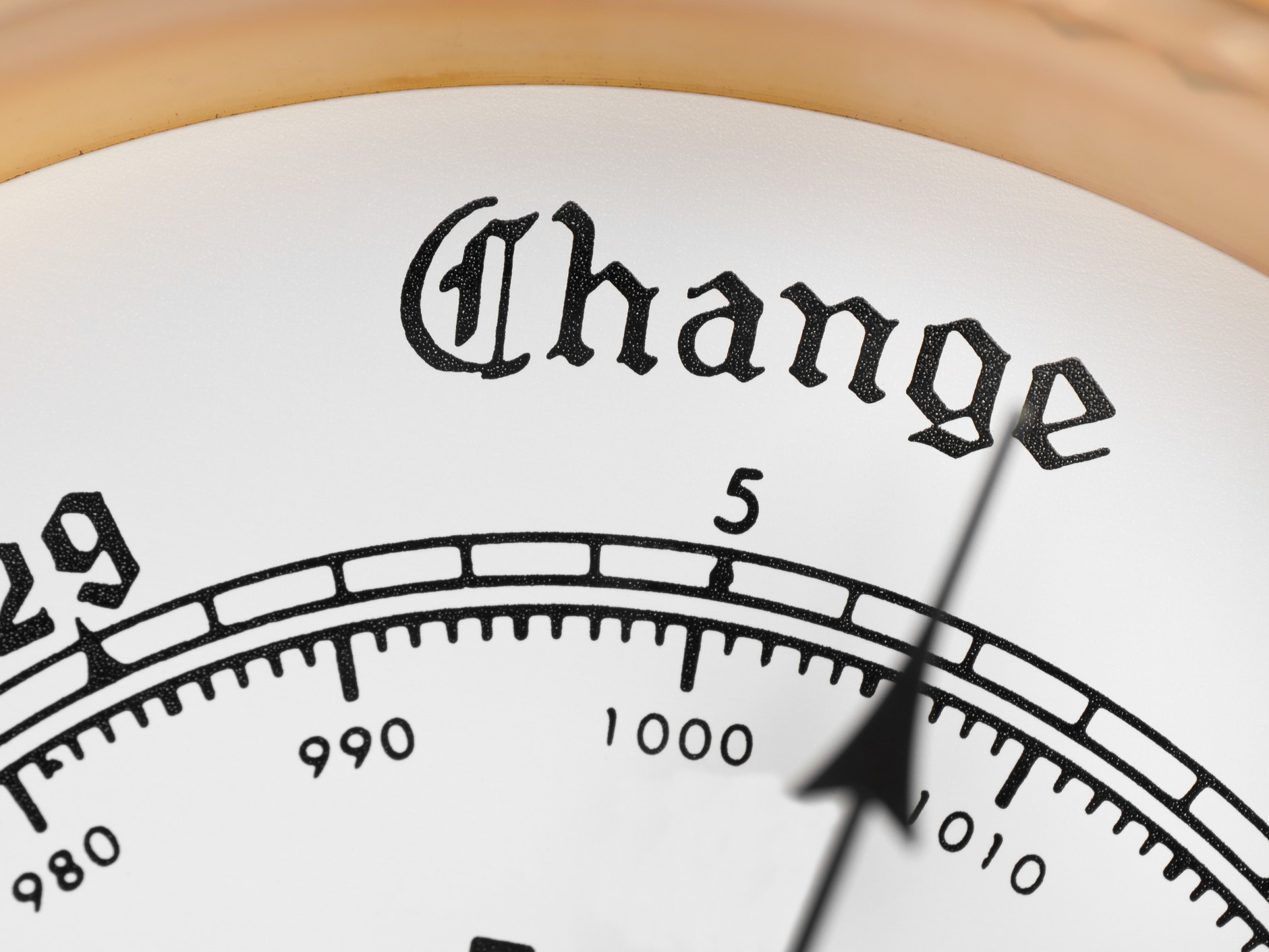Risk Insider: George Browne
What’s So Special About Special Hazards?
Defining special hazards seems straightforward; the typical expectation might be that, in the event of an emergency involving any of these hazards, there is the potential for a significant loss.
The incident has the potential to develop rapidly, cause substantial property damage and may even affect other properties in the area. Additionally, the hazard may require the following in order to provide life safety and property protection:
- Special extinguishing systems required for fire control (clean agent, foam, CO2, water mist, etc.).
- Special detection systems to provide detection of products generated by a special hazards incident (gas specific detectors, infrared or ultraviolet detectors, specialized smoke and heat detectors, explosion detectors, etc.).
- Damage limiting construction to allow the pressure generated by an explosion to vent out of an area without destroying the structure (explosion relief panels for walls or roofs, vents, etc.).
- A combination of any of the above.
The above criteria should make many special hazards easy to identify. Unfortunately, some special hazards can be hidden because the impact to the operation is not recognized. These hidden special hazards can include any of the following:
- The reliability of utilities such as electric power, gas (natural gas or LPG), process/drinking/fire protection water or steam.
- The vulnerability of the electric power to the site because there is only one transformer or multiple transformers that are rare and difficult to source if the transformer(s) fail.
- The use of an electrically-driven fire pump, without considering the reliability of the power supply.
- The reliability and adequacy of the local water supply to meet fire protection needs.
- Identifying nearby exposures that can threaten the facility, including: fire, explosions and spills occurring at neighboring facilities, and wildfire exposures.
- Evaluating the surrounding flood hazard and whether or not it might leave your facility high and dry, but isolated and unreachable by suppliers, shippers and employees.
There are many other things that can create a special hazard for an operation, and the above list is certainly not all inclusive. When one begins looking to identify special hazards, stick with the basics. Risk is based on severity of the impact to an operation and the frequency with which it can occur. High frequency and high impact events define the highest level of risk and are usually easy to identify. Low frequency events with high impact need to be qualified to see if they are a special hazard. High frequency events with low impact may also need to be better defined and may or may not be a special hazard.
When one begins looking to identify special hazards, stick with the basics.
You and your company’s policies determine what acceptable risk is. Look at your site and its operations to identify and qualify vulnerabilities. Determine which hazards are unique and require special attention. Large scale incident/emergencies don’t start big; they all start with small failures that compound on each other. Identifying and resolving special hazards is meant to contain the incident and keep it as small as possible.










